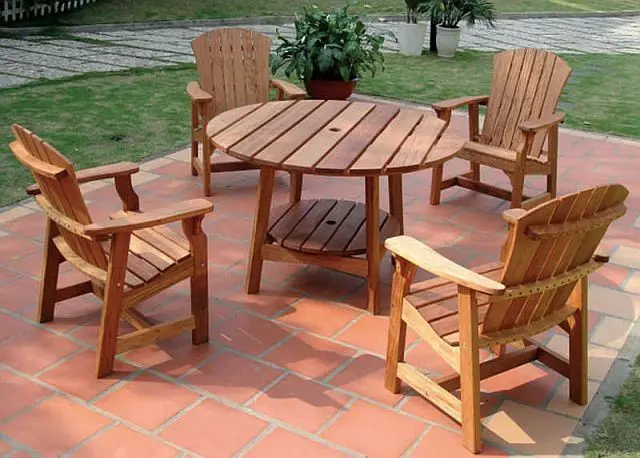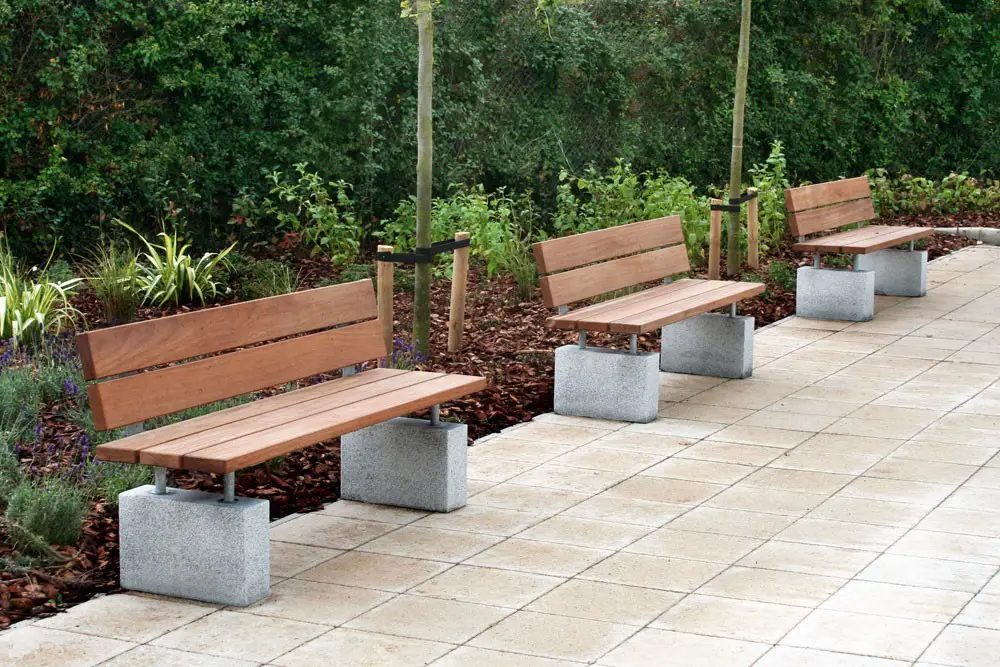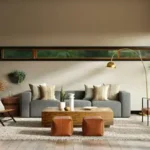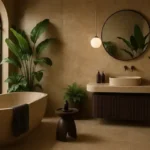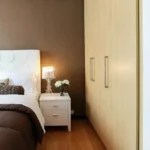External Furniture Manufacturers for Architects Advice, Building Tips, Real Estate Best Practice
External Furniture Manufacturers for Architects tips
16 Mar 2020
Furniture Manufacturers Guide
In laying out the landscape of a building project, there are several things, activities and people involved. From the architectural drawing providing the whole layout of the building and its immediate surroundings; corridors, car park, gardens, etc. to the artisans that are tasked with carrying out what the architectural drawing requires, all work in sync to make it a beautiful and functional edifice.
One outer part of the surroundings and landscape is the external or outdoor furniture. These may include sheds, outdoor chairs or benches, planters, wooden fences, pergolas, tensile, door barriers, picnic tables, bollards, etc. It is easy to go past these amazing features without noticing them but a lot of time, they not only add to the beauty and aesthetics of the surroundings of a building, they are also very functional.
External furniture may also be referred to as patio, garden, outdoor or street furniture. As the name implies, they are designed to be used mostly in the open or on the street therefore, they are made to be weather resistant, using materials such as wood and aluminum. Other types of materials that may be used are bamboo, metal, plastic, glass, wicker or rattan and also concrete. Check here for a guide to help you with choosing the one that will fit your space.
These furniture may come with some accessories such as umbrellas called garden parasols. These are usually secured in some way, either through a built-in mount, a weighted base or centred in a hole in the middle of a table. They are used to provide shade from the sun. There are also other accessories like planter boxes, plant stands and birdbaths that add to the whole detail and décor of the landscape. External furniture is not limited to building projects alone as they can be seen anywhere from parks to street walks and gardens.
Some Common Materials Used
Wood
Wood is one of the prominent materials used for outdoor furniture just like it is used for indoor furniture. It is good for the environment and can last a long time. When it is exposed to weather elements it suffers so there is a need to occasionally treat it.
A common type of wood used is from the teak tree which contains silica that makes it resistant to fungi decay and warping. Teak is also resistant to fire and chemicals including acids and alkalis. When teak undergoes the effects of weather, it loses its initial hue which is replaced by a sort of silver glow.
While it can be treated and maybe polished to restore it, it is not very necessary. Some owners may prefer to leave it that way.
Aluminum
Another prominent material is aluminum which is long-lasting and not easily affected by the weather.
Plastic
Plastics are waterproof but can begin to get weakened after prolonged exposure to the elements.
Wicker
Wickers are also good materials to use for external furniture. Unlike the original wicker made from stems of palms, modern wickers are made from synthetic resin which is made out of recycled plastics. This makes the furniture durable and lasts a long time.
You can find more helpful information on the various materials that can be used for outdoor furniture here: https://www.thespruce.com/outdoor-materials-furniture-1391754.
The Architectural Team
Architects are responsible for creating design concepts that meet what the client requires and also provide a facility that is suitable for whatever the project is meant for.
One key part of project design is that the architect consults with various professionals and artisans like engineers, surveyors, plumbers, roofers, furniture makers, electricians, etc. This ensures that the structural aspect of a building project is coordinated in the whole design scheme. All these involve specialized communication between the architect and the various specialists.
From the early stages, any design concept must put into consideration various factors, variables, and inputs that will either enhance or affect the project. These might include spaces, lawns, parking, sheds and so on. Asides from the aesthetics, the architect is concerned with how it will fit into the overall plan. Another aspect that may be important to the architect is how materials used affects the environment.
Based on this, the selection of appropriate materials and technology needs to be considered by the architect to ensure it fits into the plan taking into consideration the project site, its environment and also the culture and history of the place. All these will help influence the design.
Outdoor furniture are designed and installed by external furniture manufacturers such as Langley Design. Manufacturers like these work in tandem with architects and building project managers to set out its design and layout before it is brought to reality.
They bring their expertise and several years of experience into the mix when working on the design and its implementation. They also work using different materials based on the requirements of the project to add functionality to the whole landscape and beautify the environment.
Effectively completing any building project requires team work, with each contributing team giving its very best. When all is said and done and everyone has played their part well, everyone is proud of the final project.
Comments on the External Furniture Manufacturers for Architects advice article welcome
Glasgow Architecture
Historic Glasgow : best Glasgow architecture of the past
++
House Furniture
7 reasons why schools invest in modern furniture
A guide to choosing your dining table
Furniture items that every house should have
Why round dining tables are better
Comments / photos for the External Furniture Manufacturers for Architects page welcome
